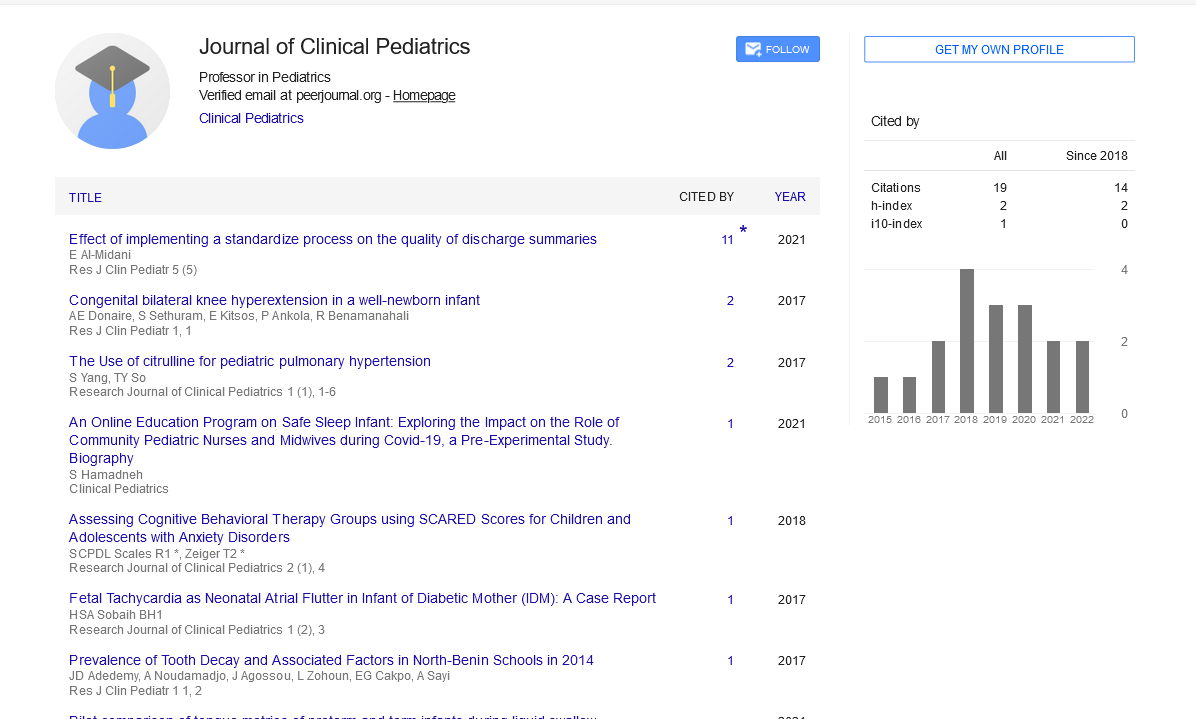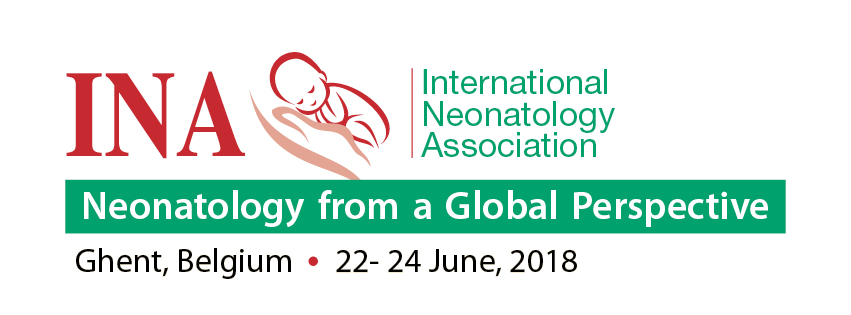Short Communication, Res J Clin Pediatr Vol: 5 Issue: 6
Respiratory viral infection status is not an accurate clinical determinant in distinguishing SBI risk in febrile neonates
Alicia Kodsi *
Maimonides Medical Centre, USA
*Corresponding Author:Alicia Kodsi
Maimonides Medical Centre, USA
Abstract
Objectives: To analyze a large group of febrile neonates < 28 days of age who received outpatient sepsis evaluation and nasopharyngeal aspirate antigen testing [NPAT] for respiratory syncytial viral [RSV] infection to determine whether there is a clinically-significant association between viral study results and risk for serious bacterial infection [SBI: bacterial meningitis, bacteremia, urinary tract infection, bacterial enteritis]. Methods: We evaluated consecutive febrile neonates < 28 days of age presenting to our urban pediatric emergency department [MMC] during a 6-year period, all of whom received a sepsis evaluation [CSF, blood, urine cultures] and RSV NPAT testing. To achieve adequate power [80%], the MMC data was combined with similar data reported from a prior prospective PEM-CRC study1 of like-aged febrile neonates who received similar evaluation. Results: From the MMC data of consecutively evaluated cases, the prevalence rate of +RSV in 387 febrile neonates was 6%. Of these, 378 [98%] received both a sepsis evaluation and RSV NPAT; +SBI occurred in 4/22 [18.1%] with +RSV vs 58/356 [16.2%] with -RSV [p = 0.77]. Combined with the PEM-CRC1 cohort of 411 febrile neonates < 28 days of age who received similar evaluation, a total of 789 cases were analyzed using meta-analysis. Overall, there were 117 cases of +SBI [14.8%]; and 104 cases of +RSV [13.2%]. The rate of +SBI was 11.5% in those with +RSV vs 15.3% in those with –RSV. Meta-analysis performed showed no significant difference in rates of +SBI between those with and without +RSV [OR = 0.78, 95% CI 0.41 – 1.50; p = 0.46]. Conclusion: Rates of +SBI are not significantly different between febrile neonates < 28 days of age with and without +RSV. Respiratory viral infection status is not an accurate clinical determinant in distinguishing SBI risk in febrile neonates.
Keywords: febrile neonates
Biography
Dr. Alicia Kodsi received her Doctor of Medicine degree from St. George’s University, School of Medicine in June 2014. She is currently doing her pediatric residency at Maimonides Infant and Children’s Hospital in Brooklyn, NY, where she is involved in multiple clinical research studies, particularly in her field of interest, Pediatric Emergency Medicine. Dr. Kodsi was a tutor in Toronto for children with learning disabilities, where she continued to tutor up until she began her medical training.
 Spanish
Spanish  Chinese
Chinese  Russian
Russian  German
German  French
French  Japanese
Japanese  Portuguese
Portuguese  Hindi
Hindi 
